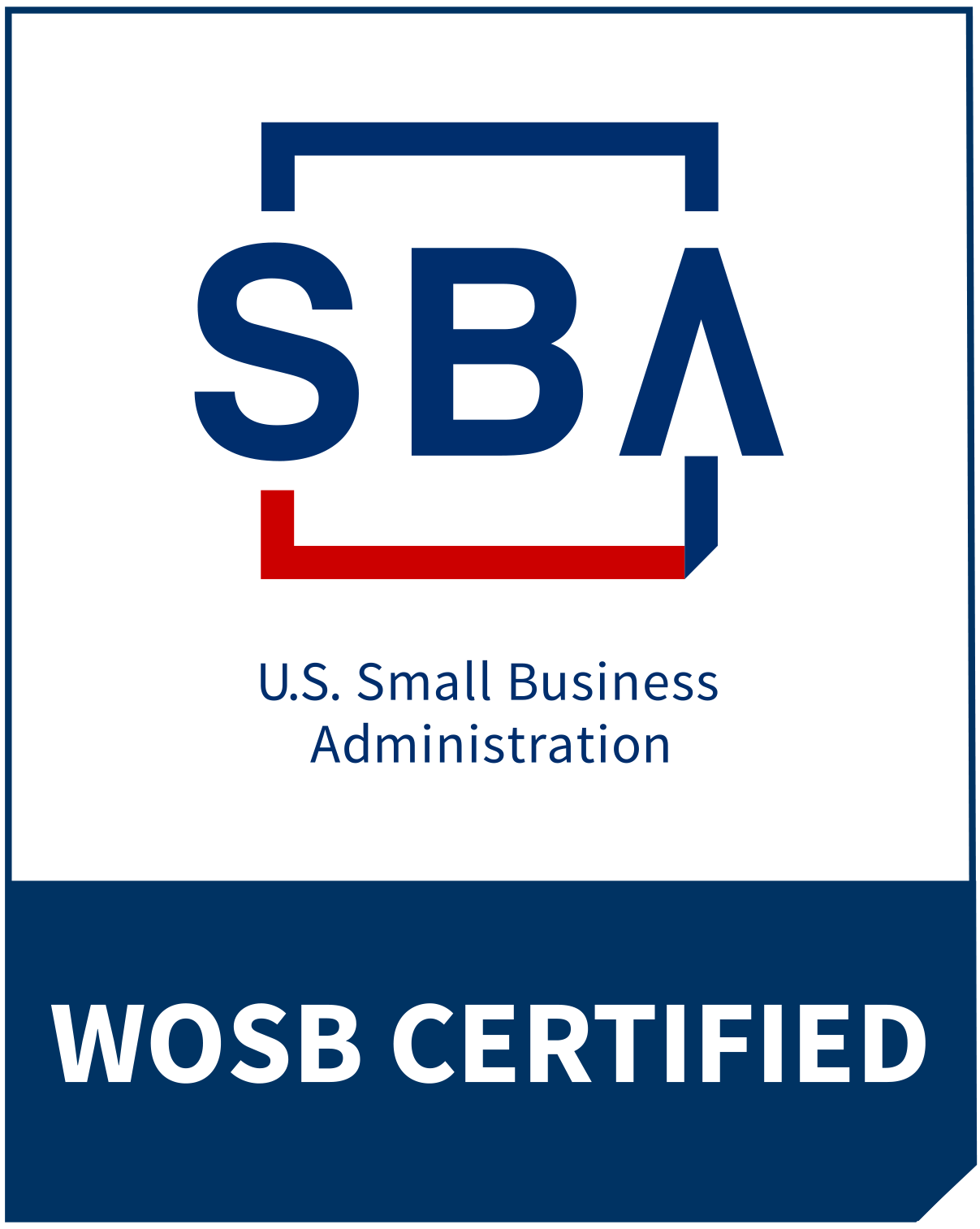
Technology has increasingly been teaching consumers that they can get answers as soon as they ask questions and get responses to their Facebook posts within seconds; instant gratification is clearly the new norm. Proactively leveraging this new reality and the technology enabling it, forward-thinking companies are now innovating how they drive awareness of product lines, enable purchases, deliver products to consumers or customers, and manage their inventory—all significant drivers of lower cost and higher levels of consumer delight. For example, online men’s retailer Bonobos is innovating its approaches to marketing, retail display, inventory, purchase and customer engagement by embracing the concept of showrooming traditionally leveraged by car dealerships and interior designers.

Bonobos
In 2012, Bonobos opened brick-and-mortar men’s-club-like guide shops to allow customers real-life merchandise interaction, including beer and complementary fitting consultations. While consumers are encouraged to try clothing items on for fit and look, they place all orders online, enabled by a personal profile that lists the products they love, their perfect sizes and ideas for other items to complement their in-showroom choices. The guideshops boast tremendous results: 90% conversion rates, five times the sales per square foot of traditional retail stores and orders twice the value of average Bonobos purchases. Bonobos also gets real-time feedback from a base of increasingly loyal customers to better guide its fashion buyers.
JCPenny
Taking a lesson from Apple’s anytime, anywhere approach, JCPenney is innovating how and where customers pay for merchandise by bringing traditional behind-the-counter activities onto the sales floor for a more seamless shopping experience. The retailer began rolling out mobile checkouts in late 2012, including both mobile cashiers and self-checkout stations equipped with RFID-based systems that eliminate the need to physically scan items. On-the-spot checkouts increase conversion by reducing checkout wait times and completing the transaction while the customer is engaged and convinced. This innovation also reduces overhead because mobile checkout technology is far less expensive than traditional registers and real estate within the store is freed up to house profit-driving items.
Urban Grocers
In urban Detroit, small grocery stores are advancing their consumer connectivity and inventory strategy by adopting a high-frequency, low-volume replenishment strategy that allows for greater merchandise variety. By syncing online order systems to a local warehouse stocked with pre-sorted fresh foods, the stores are able to receive merchandise within three to five hours of ordering. This inventory innovation enables the grocers to carry a wide and shallow assortment, providing consumers with a variety that increases conversion and product turnover enough to offset any increase in transportation and logistical costs. Because the rapid delivery system virtually eliminates the need for back stock, stores require a smaller brick-and-mortar footprint and therefore less overhead.
Garage Review: Business Model Innovation to Harness the Constant Flux
To read about more of these trailblazing, boundary-pushing, innovative organizations, check out The 2013 Garage Review. We hope The 2013 Garage Review inspires you to consider how you might take an entrepreneurial approach to innovating your own business model. We’re always on the look-out for innovative business models, so send us a tweet or a quick note when you see a great example — who knows, maybe it’ll end up in our next Review!



